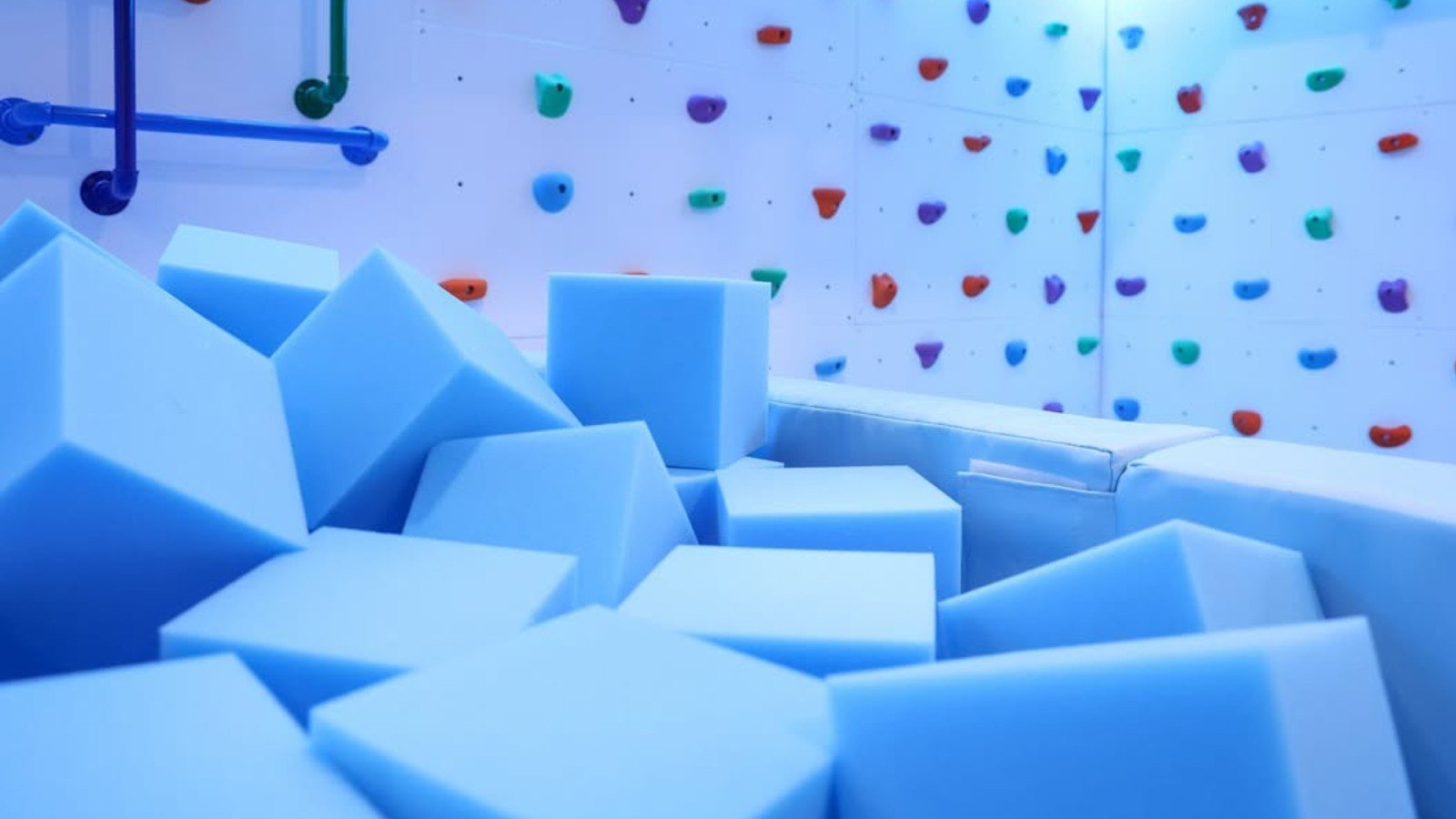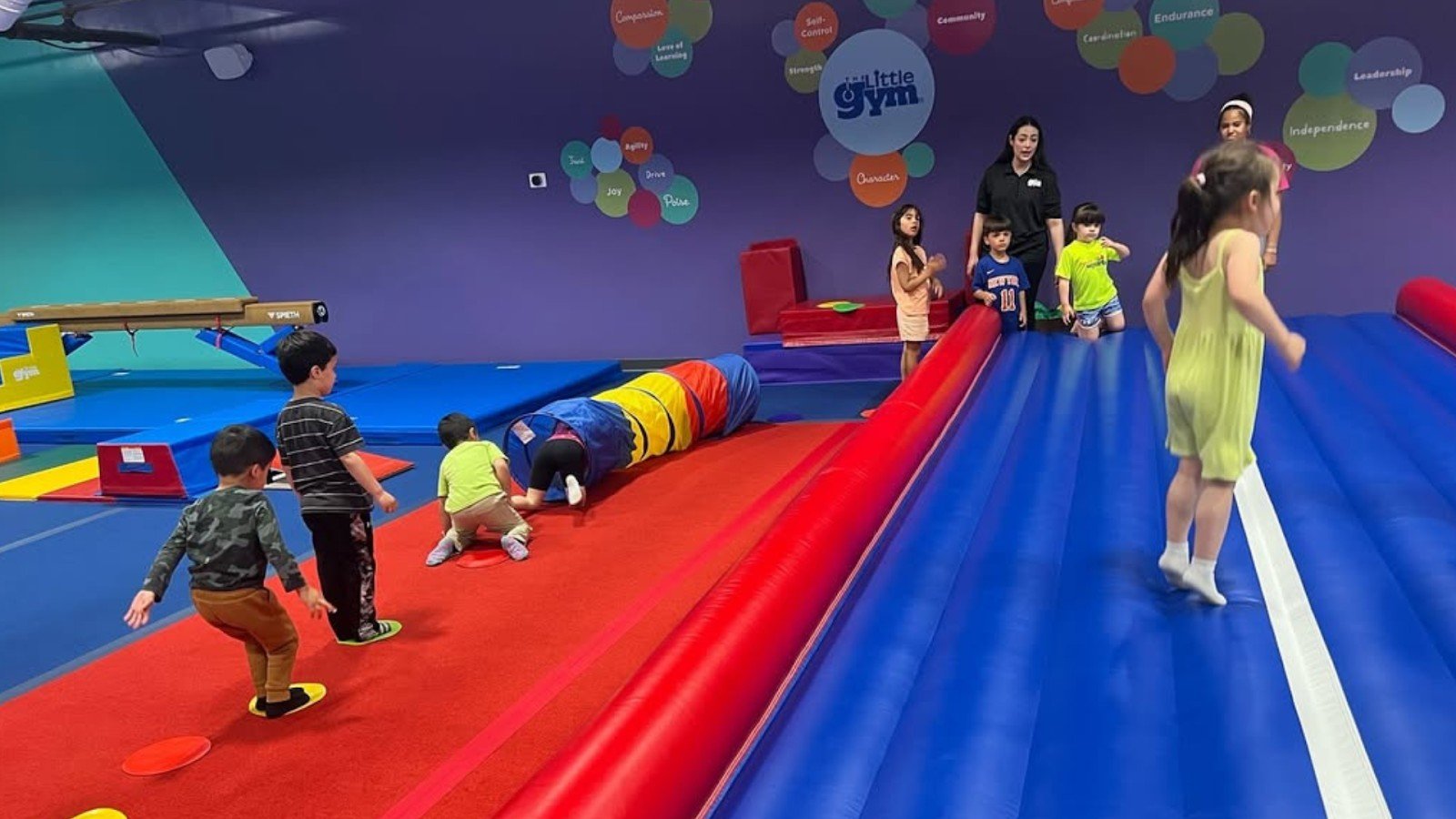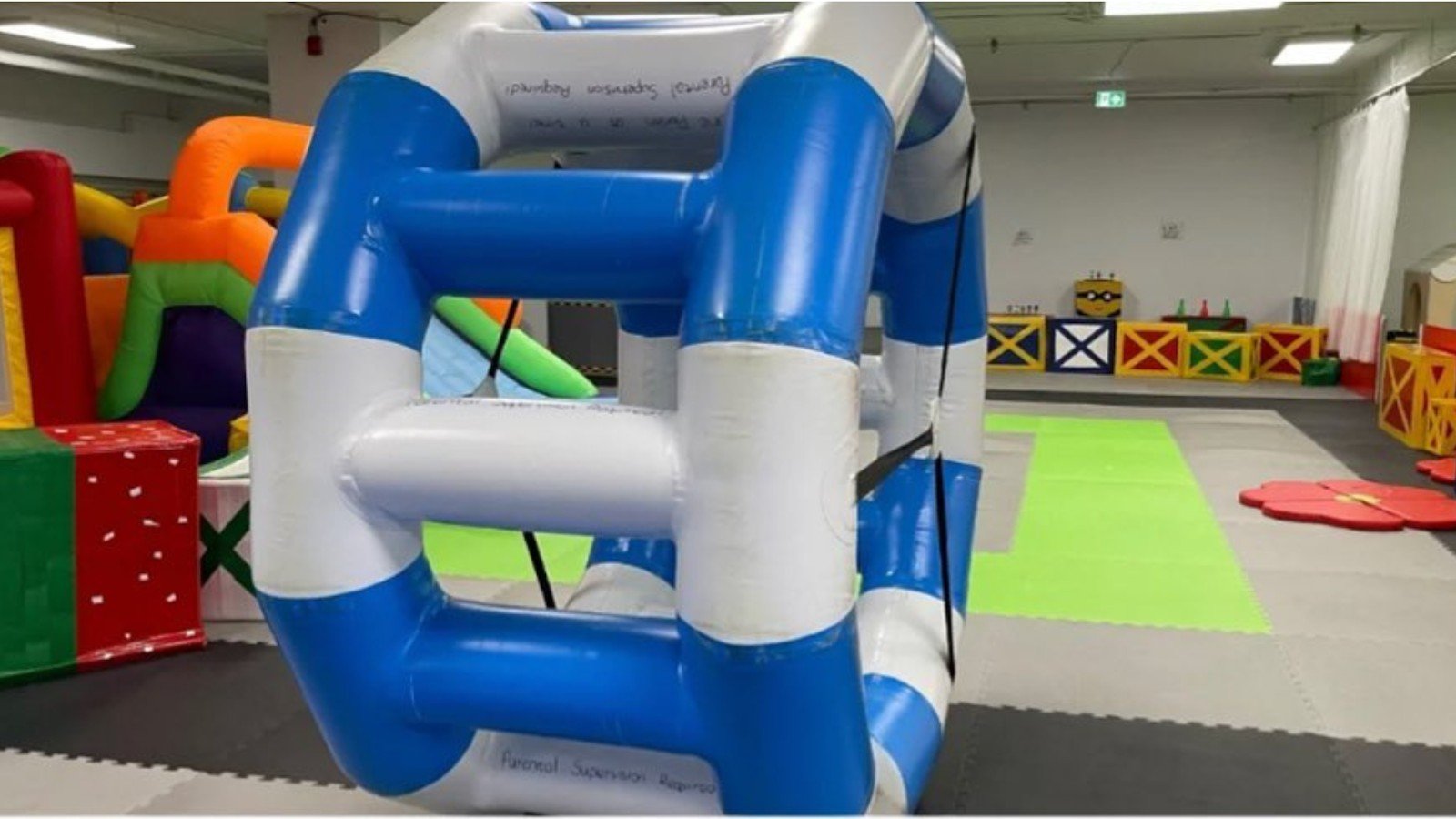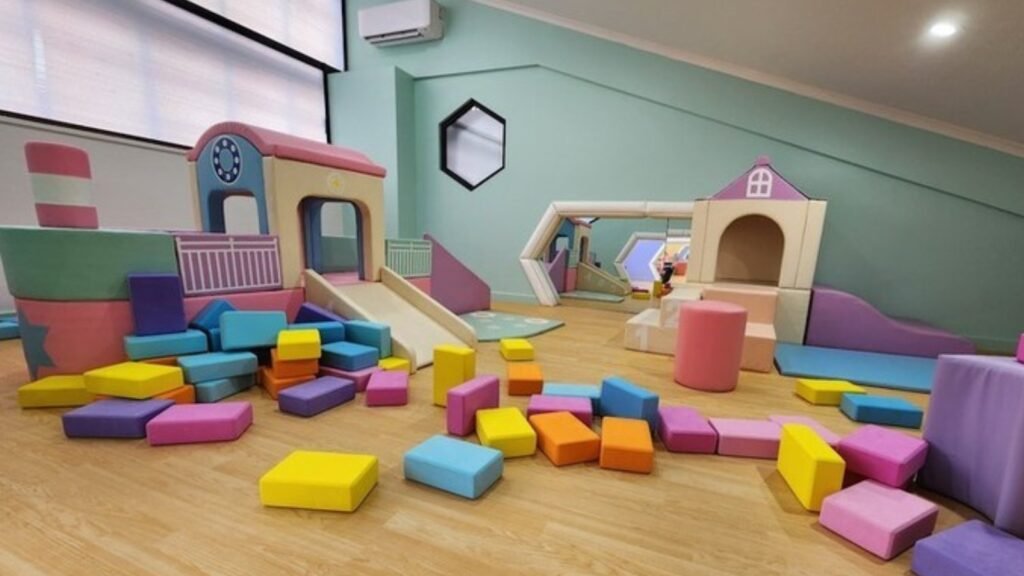Turn Your Tiny Space into a Fitness Playground
Cramped classroom? Limited gym access?
No problem! Small spaces don’t have to mean sacrificing physical activity for your students. Some of the most engaging workouts happen in compact areas where creativity meets movement.
Think about it, kids need to move, especially during long school days. But traditional sports and activities often require expansive areas that many schools simply don’t have.
That’s where indoor PE games for small spaces become absolute game-changers.
You can create an active, energetic environment using just your regular classroom or any modest indoor area. From desk-side stretches to wall-based activities, there are countless ways to get hearts pumping and bodies moving without needing a full gymnasium.
Ready to transform your limited space into an active learning zone? Let’s make it happen!
Why Indoor PE Matters in Small Spaces?
Indoor physical activity isn’t just about keeping kids busy; it’s a powerful tool that transforms both bodies and minds.
When students engage in regular movement, their overall health improves dramatically while their ability to concentrate in class increases significantly.
You’ll notice better classroom behavior, improved attention spans, and more cooperative learning environments.
The real magic happens when you stop seeing limited space as a problem and start viewing it as an opportunity for innovation. Compact areas force you to think outside the box, leading to more engaging and focused activities.
Adaptable games become your secret weapon, activities that can expand or contract based on your available room, student count, and energy levels.
These flexible options ensure every child stays active regardless of physical constraints, proving that effective PE isn’t about space size but smart planning.
Key Considerations Before Choosing Activities
- Clear the Floor Completely Remove all chairs, bags, and loose items from your activity area. A clutter-free space prevents trips, falls, and accidents during movement-based games.
- Choose Safe, Soft Materials Select equipment like foam balls, fabric scarves, and lightweight props that won’t cause injury if thrown or dropped. Always supervise activities closely to maintain control and safety.
- Maximize Your Wall Space Walls become valuable assets for activities like wall push-ups, ball tosses, and stretching exercises. Use them as boundaries, targets, or support surfaces for various movements.
- Transform Furniture into Equipment Desks can become tunnels to crawl under, chairs work as markers for weaving games, and tables provide perfect heights for modified activities. Think of every piece as potential exercise equipment.
- Plan for Quick Setup and Cleanup Choose activities that require minimal preparation time and can be reset rapidly between classes. This keeps momentum high and maximizes actual activity time for students.
Top Indoor PE Games for Limited Space
Movement-Based Games

Freeze Dance
Play upbeat music while students dance freely in their designated spots. When music stops, everyone must freeze in place like statues. Add challenges by calling out specific poses or emotions to freeze in, making it more engaging and educational.
Animal Walk Relay
Students move across the room mimicking different animals, bear crawls, frog jumps, crab walks, or penguin waddles.
Create relay teams where each person completes one animal movement before tagging the next teammate. This builds strength while keeping everyone entertained.
Simon Says with a Twist
Traditional Simon Says enhanced with physical challenges like “Simon says do five jumping jacks” or “Simon says balance on one foot.” Add academic elements by incorporating math problems or spelling words that students must complete while performing movements.
Balance and Coordination Activities

Yoga Poses Challenge
Introduce age-appropriate yoga positions like tree pose, warrior stance, or downward dog. Students hold poses for specific periods, building core strength and flexibility. Create sequences that flow together, making it feel like a fun, choreographed routine rather than exercise.
Bean Bag Balance Race
Students balance bean bags on their heads, shoulders, or backs while completing simple tasks like walking to a wall and back. Increase difficulty by adding obstacles to step over or requiring specific movements like tiptoeing or marching steps.
Team or Partner Games

Mirror Movements
Partners face each other with one person leading slow, controlled movements while the other mirrors exactly. Switch roles every minute.
This activity builds concentration, coordination, and cooperation while requiring minimal space and absolutely no equipment.
Balloon Tap Rally
Teams work together to keep balloons airborne using only specific body parts – hands, elbows, or heads. Count consecutive taps as a group goal.
Balloons move slowly and safely, perfect for confined spaces while promoting teamwork and communication skills.
Cooperative Obstacle Course
Create stations using classroom furniture where teams help each other complete challenges. One person crawls under desks while teammates guide them, or partners work together to complete balance tasks.
Emphasizes collaboration over competition, building community and trust.
Creating a Rotating Indoor PE Schedule
|
Day |
Theme |
Activity Examples |
Weekly Goals |
|
Movement Monday |
High-Energy Activities |
Dance freeze, animal walks, jumping games |
Get hearts pumping, start the week with energy |
|
Team Tuesday |
Cooperation Games |
Mirror movements, balloon rallies, partner challenges |
Build teamwork and communication skills |
|
Wellness Wednesday |
Mindful Movement |
Yoga poses, breathing exercises, and gentle stretches |
Focus on mental health and body awareness |
|
Strength Thursday |
Body Building |
Wall push-ups, core exercises, and balance challenges |
Develop muscle strength and coordination |
|
Fun Friday |
Free Choice Mix |
Student-selected favorites, new game trials |
End the week positively, gather feedback |
Keeping Engagement High Throughout the Week
|
Strategy |
Implementation |
Benefits |
|
Monthly Themes |
Sports Around the World, Animal Kingdom, Space Adventures |
Creates excitement and learning connections |
|
Progress Tracking |
Individual goal charts, class achievement boards |
Motivates improvement and celebrates success |
|
Student Input |
Weekly suggestion box, activity voting sessions |
Increases buy-in and ownership of activities |
|
Seasonal Adaptations |
Holiday-themed movements, weather-related games |
Maintains relevance and seasonal interest |
Conclusion
Small spaces don’t limit possibilities; they expand creativity. You’ve now got a complete toolkit of indoor PE games for small spaces that can turn any cramped classroom into an active learning environment.
From movement-based activities to balance challenges, these games prove that effective physical education happens anywhere students can move safely.
Remember, consistency matters more than size. Implementing a rotating schedule keeps activities fresh while building healthy habits that last beyond school hours.
Your students will develop stronger focus, better cooperation skills, and improved physical fitness, all within the confines of your existing space.
Start small, stay consistent, and watch as your compact area becomes the most anticipated part of your students’ day.
Physical activity isn’t about having the perfect gymnasium; it’s about making movement accessible, enjoyable, and part of everyday learning.
Frequently Asked Questions
What’s the minimum space needed for indoor PE activities?
Just enough room for students to extend arms without touching others – typically 3×3 feet per child works perfectly.
How do I prevent injuries in cramped classroom spaces?
Clear all obstacles, use soft materials only, establish clear boundaries, and maintain constant supervision during all movement activities.
Can these activities work for different age groups?
Absolutely! Modify intensity, complexity, and rules based on student abilities – same games, adjusted difficulty levels for everyone.
What if students get too excited and loud?
Set clear volume expectations, use hand signals for control, and choose calming activities when energy levels need managing.
How often should I rotate between different activity types?
Daily rotation works best – keeps students engaged while ensuring balanced physical development across all movement skill areas.

